Discover Milan Through the Creative Lens of Valentina Ciuffi
The stylish co-founder of the collectible design showcase Alcova dishes on the Italian design capital’s must-visit galleries, restaurants, and boutiques—and explains why you shouldn’t try to avoid crowds during Design Week
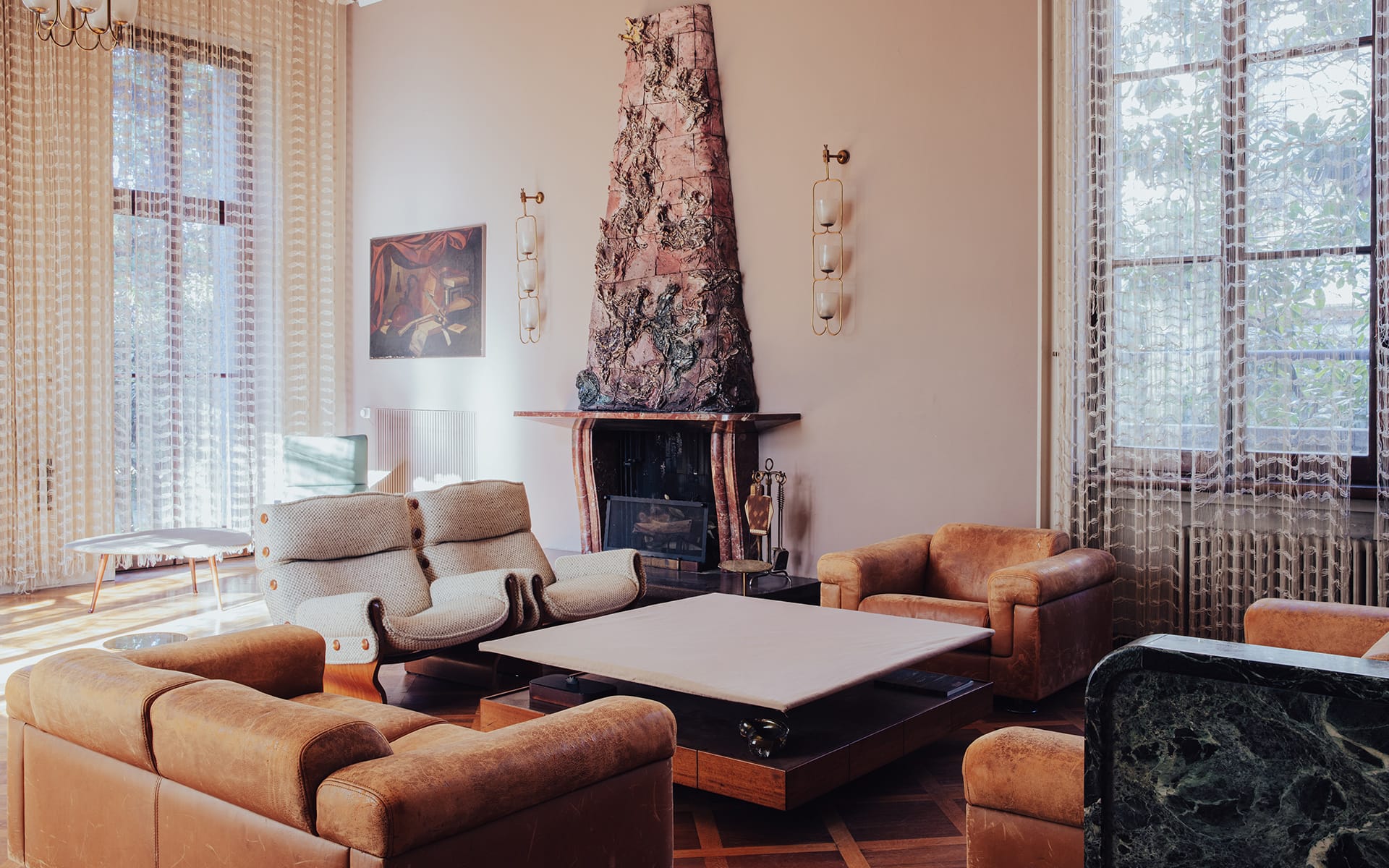
Few are more dialed into the design zeitgeist than Valentina Ciuffi. Together with Joseph Grima, the Milanese tastemaker co-founded the itinerant design showcase Alcova in 2018 to champion the rising talents who didn’t quite fit into the commercial mold of Salone del Mobile or the increasing swell of satellite exhibitions popping up around the Italian design capital for Fuorisalone. The duo realized there was a clear niche for vanguard makers bullish on bucking conventions and captivating the imaginations through one-of-a-kind objects of desire and the dialogues they spark—not to mention presenting them in offbeat venues like former military hospitals, decaying factories, and even Villa Borsani.
The duo caught lightning in a bottle. In the seven years since Alcova launched, the platform has all but exploded into one of Fuorisalone’s most sought-after destinations and introduced adventurous new editions at Miami Art Week. It helps that the endlessly curious Ciuffi is an insatiable traveler—she spends much of her time circling the globe building her references and unearthing bold new work by under-the-radar talents from far-flung locales. But she remains rooted in Milan, where she has resided since 2008 and helms Studio Vedèt, a multidisciplinary firm specializing in creative direction with a list of prestigious collaborators like influential gallerist Nina Yashar and architect Sophie Dries. She remains keenly in tune with the city’s creative landscape and relishes in the dialogues it constantly sparks between past and present—ones that are palpable upon every visit to Alcova.
“I love [Milan’s] older, untouched corners, the places that haven’t changed at all and start a dialogue with what’s new,” she says. Below, she weighs in on the city’s evolving design landscape and shares the offbeat exhibitions, stylish restaurants, and vintage shopping that should make your Milan Design Week itinerary. This interview has been edited for length and clarity.
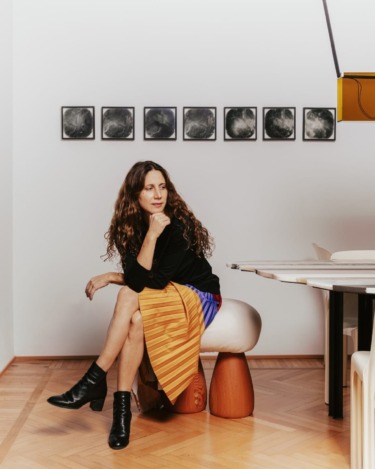
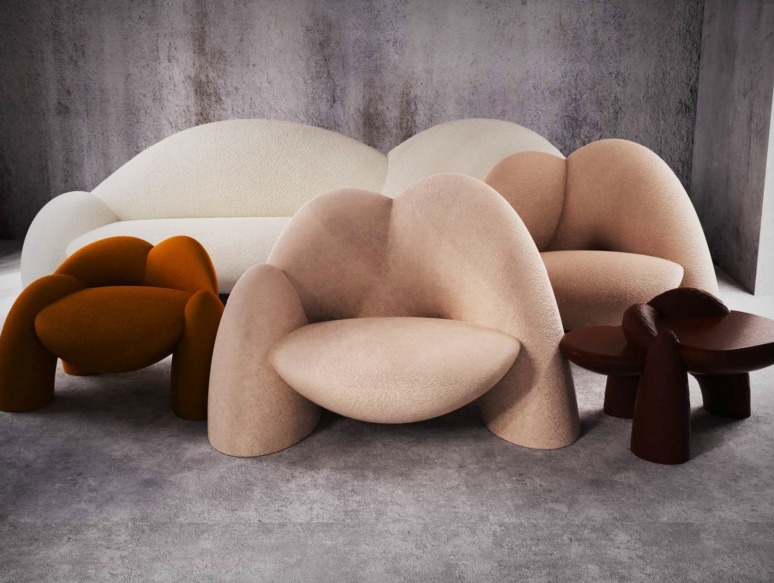

How have you seen Milan’s design landscape change? What excites you most about its current direction?
Milan is livelier, more open, and more international than when I arrived in 2008. Like all Italian cities, it struggles with the influx of tourism, but unlike many others, it remains a place where people live, work, and create—not a perfectly preserved relic ready to be turned into a museum.
That’s what I continue to appreciate about Milan: it’s not a delicate figurine meant only to be admired. It’s a city in motion, a city in transformation—one that can be well-directed. This might seem obvious, as international cities tend to be much more in flux. Italian cities, on the other hand, are more at risk of being embalmed, cosmetically restored, and reduced to tourist destinations. I strongly believe in Milan’s ability to remain a creative ecosystem, one whose energy hasn’t been depleted and won’t be. I also love its older, untouched corners, the places that haven’t changed at all and start a dialogue with what’s new.
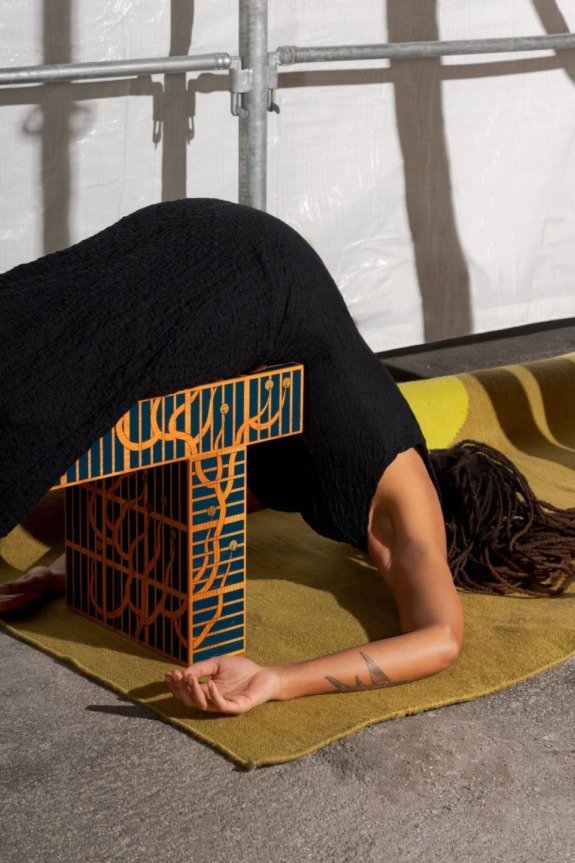

Are there any lesser-known galleries, exhibitions, or offbeat events during Milan Design Week that you think deserve more attention?
Among the young design galleries taking a new turn this year, I have to mention Delvis (Un)Limited (Via Fatebenefratelli 9). This recently opened space in Brera is hosting “The Theater of Things,” an unconventional exhibition where designers will actually live in the gallery. I truly believe it’s a distinctive and intriguing project. The exhibition features Rich Aybar, Stefania Ruggiero, Objects of Common Interest, Espace Aygo, and Niki Danai, among others. Each designer will transform the gallery into their home, even sleeping there overnight and waking up with a guest for breakfast. Delvis (Un)Limited is reflecting on collectible design and its investigation starts with this provocative show.
A completely unknown project—because it is entirely new—is VOCLA, Design by Night. It’s a new format invented by Alcova where people gather around design from 6:00 PM until 2:00 AM. VOCLA is both a restaurant and a club, but above all it’s an exhibition that takes place at a time when people aren’t overwhelmed by thousands of overlapping openings. It’s closer to a curated show. Alcova is inviting collectible designers whose language and research we find compelling: Odd Matter, Lucas Muñoz Muñoz, Local Industries, Panorammma, and Made by Astronauts among them. Each is presenting work in this entirely unprecedented context. The exhibition, bar, and restaurant—a collaboration with Yapa—will be open to everyone.
Beyond the usual circuits, but requiring a bit of patience and a trip further afield, I’d also mention Oxilia Gallery (Via Nino Oxilia 9) and Camera Doppia (Via Francesco Ingegnoli 13), a project/gallery by Giovanni De Francesco. Both are in NoLo, one of Milan’s most multicultural neighborhoods and a growing creative hub. Another interesting young project is Dopo? (Via Carlo Boncompagni 51/10) near Fondazione Prada, and ICA Milano for contemporary art.
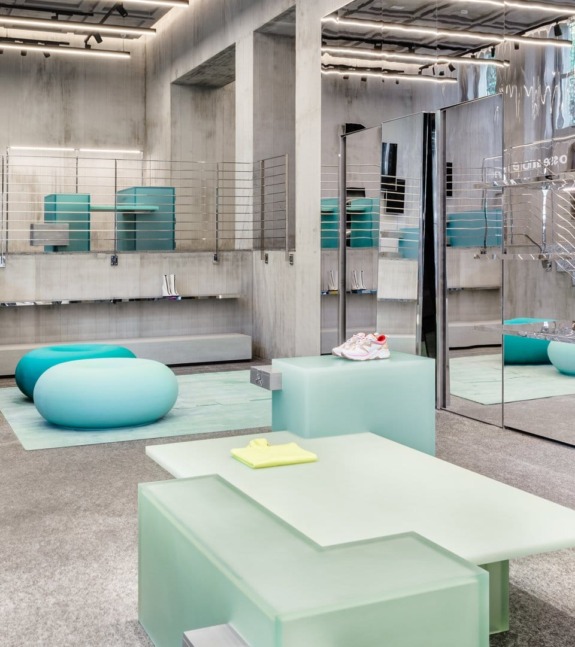
Besides the usual design districts, are there any emerging creative hubs or hidden corners of Milan that design lovers should explore?
The area above Piazzale Loreto has become a destination for many creatives and designers. It’s also where my Studio Vedèt is located. While it’s often referred to as NoLo, I’m not particularly fond of that label—it’s just helping people sell houses at a higher cost. The neighborhood has some interesting bars and galleries like Fanta (Via Asiago 12) and Oxilia and a cinema called Beltrade (Via Nino Oxilia 10). It’s probably the one part of the city that hasn’t yet been turned into an official design district, and I hope it stays that way. That might be what makes it more appealing creatively, especially for a younger audience.
Beyond the big fashion houses, where do you recommend visitors shop to discover unique objects or vintage finds?
If we’re talking about clothing stores, there’s something new: J-Cricket (Corso Venezia 44), a new shop tucked away in a beautiful Milanese courtyard. It’s a bit hidden, making it a quiet little escape even if super central. The store features garments made from high-fashion fabrics, reimagined by a brilliant Korean designer [Jimin Lee]. For something more edgy, MSGM (Via Broletto & Via del Lauro) is a great option. As for vintage, Cavalli e Nastri (Via Brera 2) remains a Milan staple.
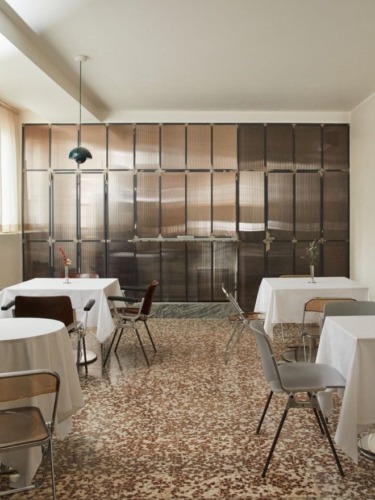
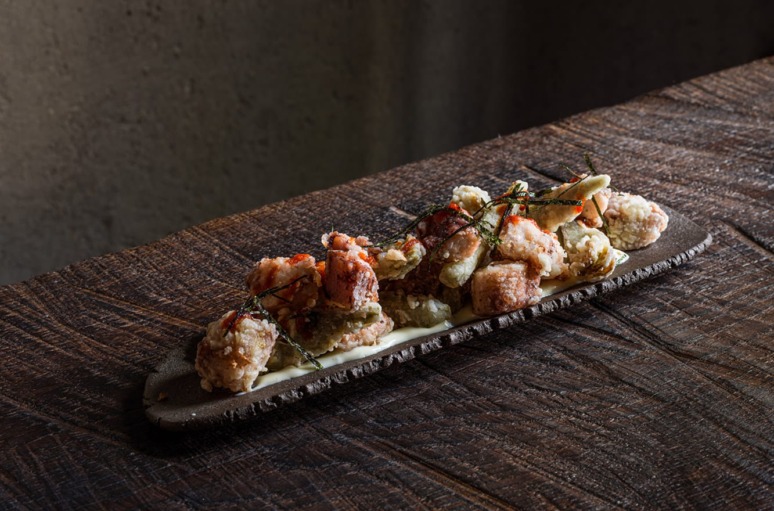
What are your favorite places to eat, whether for a quick bite between events or a memorable night out?
I’d definitely highlight Yapa (Via Monte Nero 34), easily one of the best restaurants in Milan. During Design Week, it’s moving inside our VOCLA project for a fantastic pop-up open every evening. It’s Nikkei cuisine and truly one of the best places in the city right now. We’re very proud to host it. For something quicker, I’d recommend Vasiliki Kantina (Via Clusone 6), a recently opened spot serving Greek cuisine with natural wines and small bites. The beautiful space is designed by Joy Herro. Along the same lines, there’s Silvano Vini e Cibi Al Banco (Piazza Morbegno 2), which offers delicious natural food in another part of the city, with a more Italian approach. Another new and great option is Sandì (Via Francesco Hayez 13)—super good food, mainly meaty, and an unconventional space designed by our exhibitors Parasite.
For something sweet, Pasticceria Sissi (P.za Risorgimento 6). For a “Sbagliato” cocktail, the legendary Bar Basso (Via Plinio 39). The bar Bene Bene (Via Morgagni 31) also opened nearby and it’s definitely worth checking out.
For someone looking to escape the crowds for a moment of calm, where would you suggest they go?
Finding a truly calm spot is difficult! Alcova’s main show is in Varedo, about 20 minutes by train from the city center. Though we’ve found ways to manage crowds, there are often lines despite the atmosphere feeling like a quiet, provincial town. Of course, some neighborhoods and so-called “districts” are less crowded than others: the area around Fondazione Prada, North of Loreto, or more residential parts of the center like Pagano. I’d embrace the crowds as part of the celebration. After all, no other design capital in the world experiences this kind of energy.